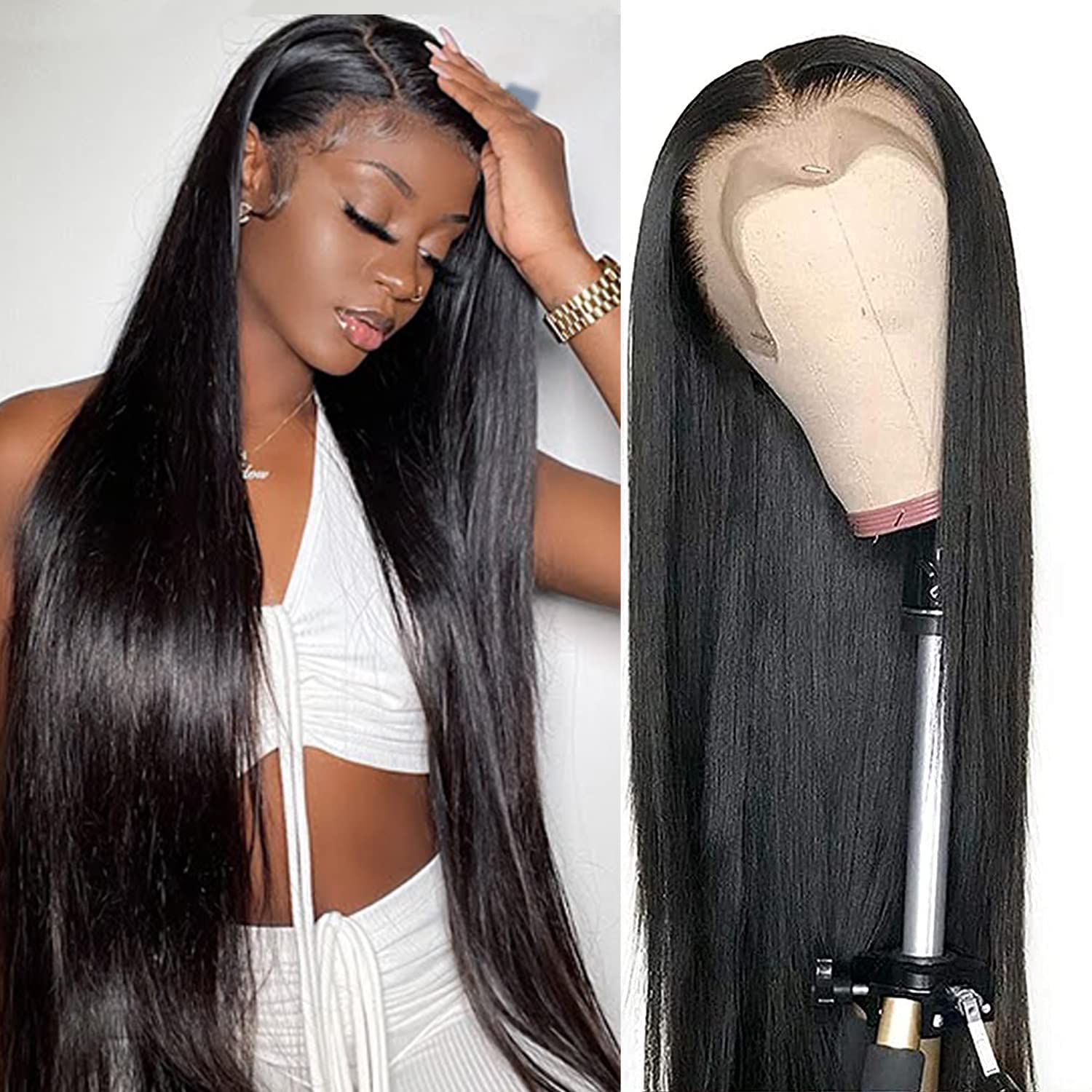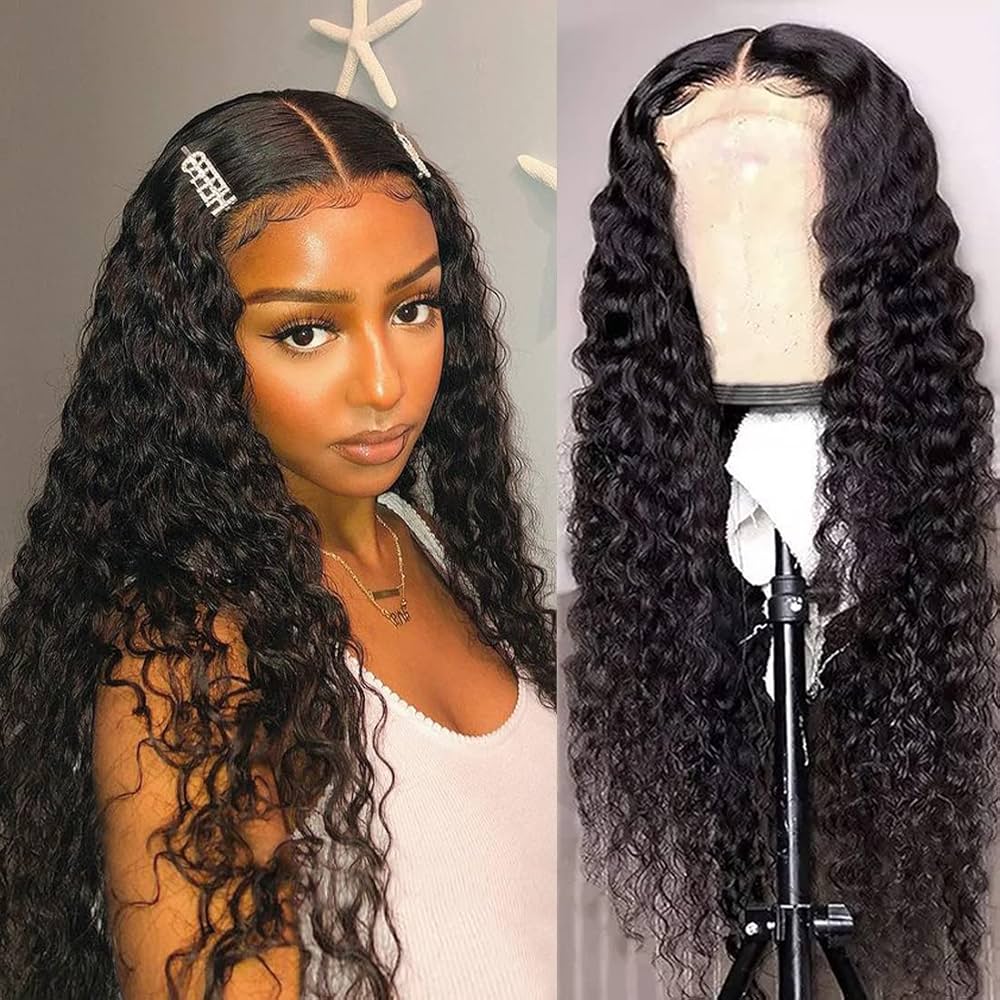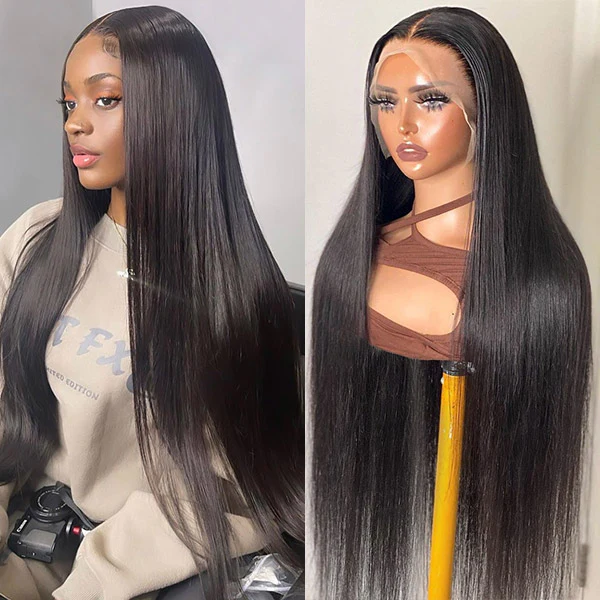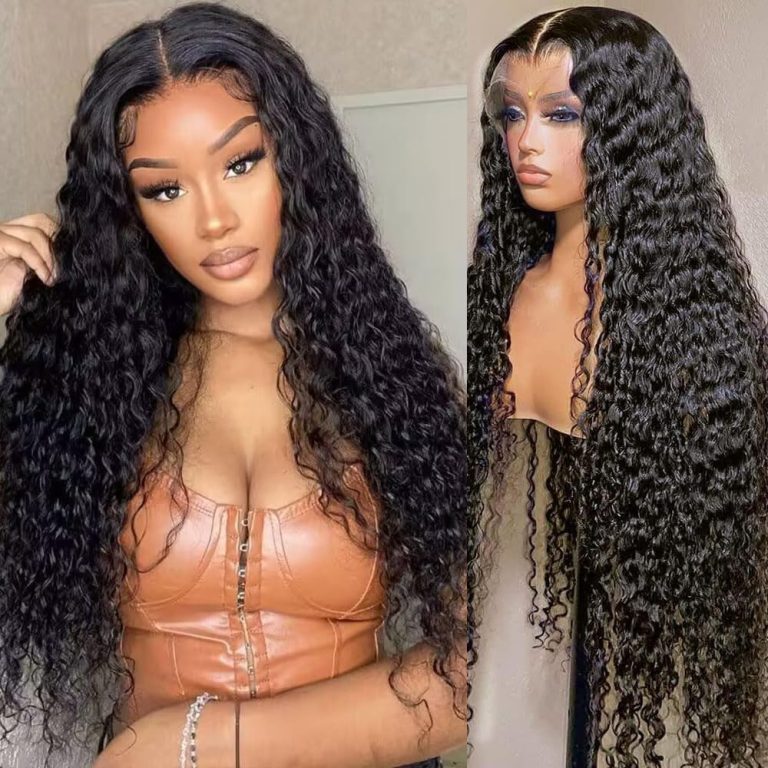
What is a Lace Front Wig: Revolutionizing the World of Hair
Understanding Lace Front Wigs: A Game-Changer in the Wig Industry
Lace front wigs have revolutionized the wig industry, offering wearers a natural-looking hairline that seamlessly blends with their skin. These innovative wigs feature a sheer lace panel at the front, where individual hairs are hand-tied to mimic the appearance of natural hair growth. What is a lace front wig?The lace, typically made from Swiss or French lace, creates an illusion of hair growing directly from the scalp. This technology allows for a more realistic and undetectable hairline, a significant improvement over traditional wigs with thick, visible caps.
Lace front wigs have gained immense popularity among wig enthusiasts, celebrities, and individuals experiencing hair loss, due to their ability to provide a natural and confident look. The versatility of these wigs allows wearers to style their hair away from the face, creating various updo styles without revealing the wig’s base. As a result, lace front wigs have become a go-to choice for those seeking a high-quality, natural-looking hair solution that offers both style and comfort.

The Evolution of Lace Front Wigs: From Hollywood to Mainstream
The journey of lace front wigs from exclusive Hollywood use to mainstream popularity showcases their impact on the beauty industry. Initially, these wigs were primarily used in the film and television industry, where the need for realistic-looking hairpieces was paramount. Skilled wig makers would spend hours meticulously hand-tying individual hairs to create seamless hairlines for actors and actresses. As technology advanced and production methods improved, lace front wigs became more accessible to the general public. This shift democratized the world of high-quality wigs, allowing individuals from all walks of life to enjoy the benefits of a natural-looking hairline.
Over time, improvements in lace quality, cap construction, and attachment methods have made lace front wigs more comfortable and durable. Today, these wigs are widely used not only for cosmetic purposes but also as a solution for those experiencing hair loss due to medical conditions or treatments. The evolution of lace front wigs continues, with ongoing innovations in materials and techniques enhancing their realism and wearability.
Types of Lace Front Wigs: Exploring Options for Every Need
Lace front wigs come in various types, catering to different preferences and needs. Human hair lace front wigs offer the most natural look and feel, allowing for heat styling and color treatments. These wigs can be made from different grades of human hair, ranging from Indian to European textures. Synthetic lace front wigs, on the other hand, provide a more affordable option with pre-styled looks that hold their shape well. Some synthetic wigs are heat-resistant, offering limited styling options.
In terms of cap construction, full lace wigs feature lace throughout the entire cap, providing maximum styling versatility, while lace front wigs have lace only at the front hairline. Hybrid options, such as 360 lace wigs, offer lace around the entire perimeter of the wig for added styling flexibility. The lace itself comes in different colors to match various skin tones, ensuring a seamless blend. Additionally, lace front wigs vary in density, length, and texture, allowing wearers to choose options that best suit their desired look and lifestyle.

The Anatomy of a Lace Front Wig: Understanding Its Construction
Understanding the construction of a lace front wig helps wearers appreciate its complexity and care for it properly. The foundation of these wigs is the cap, which can be made from various materials such as mesh, silk, or polyurethane. The lace panel, typically measuring about 3-4 inches deep, is attached to the front of the cap. This lace can be Swiss, French, or HD lace, each offering different levels of sheerness and durability. The hairs are then meticulously hand-tied to the lace, creating a natural hairline and allowing for realistic parting.
Behind the lace front, wefts of hair are sewn onto the cap to provide fullness and coverage. Many lace front wigs feature combs or clips on the inside for secure attachment, as well as adjustable straps for a customized fit. Some advanced models include a thin silicone or polyurethane perimeter for added security and realism. The quality of materials used, the density of the hair, and the intricacy of the knotting all contribute to the overall appearance and longevity of the lace front wig.
Choosing the Right Lace Front Wig: Factors to Consider
Selecting the perfect lace front wig involves considering several key factors. First, determine whether human hair or synthetic fibers best suit your needs and budget. Human hair offers versatility in styling and a more natural appearance but requires more maintenance. Synthetic wigs, while less versatile, are often more affordable and low-maintenance. Next, consider the cap construction and size to ensure a comfortable fit. Many lace front wigs come with adjustable straps and combs for a secure attachment. The lace color should match your skin tone as closely as possible for a seamless blend.
Hair density is another important factor; choose a density that looks natural and suits your preferences. The length and style of the wig should complement your face shape and personal style. Additionally, consider the level of care and maintenance you’re willing to commit to, as some wigs require more attention than others. Lastly, think about your lifestyle and how often you plan to wear the wig. For daily wear, investing in a high-quality, durable wig might be more cost-effective in the long run.

Application and Styling: Mastering the Art of Wearing Lace Front Wigs
Proper application and styling are crucial for achieving a natural look with lace front wigs. Begin by preparing your natural hair, braiding or flattening it close to the scalp. Clean the hairline and apply a wig cap if desired. Trim the lace to fit your hairline, leaving a small amount of excess for adjustments. Apply wig adhesive or tape along the hairline, allowing it to become tacky before placing the wig. Carefully position the wig, aligning the front with your natural hairline. Press gently to secure the lace, then style as desired.
For a more natural look, consider plucking the hairline slightly to create a realistic density. Styling options are vast, depending on the wig type. Human hair wigs can be heat styled, while synthetic wigs should be styled according to manufacturer instructions. Experiment with different partings and styling techniques to personalize your look. Remember to use wig-specific products for washing and styling to maintain the wig’s quality. With practice, applying and styling a lace front wig becomes easier, allowing for quick and seamless transformations.
Maintenance and Care: Preserving the Beauty of Your Lace Front Wig
Proper maintenance is essential for prolonging the life and appearance of a lace front wig. Establish a regular cleaning routine, washing the wig every 6-8 wears or when product buildup becomes noticeable. Use specialized wig shampoo and conditioner, avoiding regular hair products that can damage the fibers. Gently detangle the wig before washing, using a wide-tooth comb or wig brush. For synthetic wigs, use cool water and avoid rubbing the fibers together. Human hair wigs can be washed with lukewarm water. After washing, gently pat the wig dry with a towel and allow it to air dry on a wig stand.
Avoid sleeping or showering while wearing the wig to prevent tangling and premature wear. Store the wig on a mannequin head or wig stand when not in use to maintain its shape. For long-term storage, consider using a silk or satin bag to protect the wig from dust and tangling. Regular maintenance, such as trimming split ends in human hair wigs or steaming synthetic wigs to refresh their style, helps keep the wig looking its best.
Customization and Blending: Making Your Lace Front Wig Look Natural
Customizing and blending a lace front wig can significantly enhance its natural appearance. Start by trimming the lace to perfectly fit your hairline, cutting in a jagged pattern for a more realistic edge. Plucking the hairline creates a gradual transition and prevents an unnaturally dense look. For added realism, consider adding baby hairs along the hairline using a fine-tooth comb or tweezers. Tinting the lace to match your skin tone can further improve the blend. If you have some natural hair, blend it with the wig by leaving out a small section around the hairline or temples.
Use styling products to lay down any flyaways and create a seamless transition. For those with complete hair loss, applying makeup to the scalp where the lace meets the skin can help create a more natural-looking hairline. Experimenting with different parting styles and even adding highlights or lowlights (for human hair wigs) can personalize the wig further. Remember that customization is a skill that improves with practice, so don’t be discouraged if it takes a few attempts to achieve your desired look.

The Psychological Impact: Confidence and Self-Expression Through Lace Front Wigs
Lace front wigs offer more than just a cosmetic solution; they provide a significant psychological boost to wearers. For individuals experiencing hair loss due to medical conditions, aging, or other factors, these wigs can restore a sense of normalcy and confidence. The natural-looking hairline allows wearers to style their hair away from the face without fear of revealing the wig, leading to increased self-assurance in social and professional settings. Lace front wigs also offer a means of self-expression, allowing wearers to experiment with different styles, colors, and lengths without committing to permanent changes.
This versatility can be particularly empowering, giving individuals the freedom to reinvent their look at will. Many users report feeling more like themselves when wearing a well-fitted lace front wig, which can have positive effects on overall mental health and well-being. Additionally, the convenience of having a consistently good hair day can reduce stress and save time in daily grooming routines. While adjusting to wearing a wig may take time, many find that the boost in confidence and self-image far outweighs any initial discomfort.
The Future of Lace Front Wigs: Innovations and Trends
The world of lace front wigs continues to evolve, with ongoing innovations enhancing their realism and ease of use. Advancements in lace production have led to the development of HD lace, which is even more transparent and undetectable than traditional lace. New adhesive technologies are improving the security and comfort of wig application, with some promising longer wear times and better resistance to moisture and heat. In terms of hair fibers, synthetic options are becoming increasingly realistic, with some high-end synthetics nearly indistinguishable from human hair.
The integration of smart technology into wigs is an emerging trend, with concepts like color-changing fibers and wigs with built-in scalp cooling systems for chemotherapy patients being explored. Customization is also becoming more accessible, with some companies offering 3D-printed wig caps for a perfect fit. Sustainability is another focus, with efforts to create eco-friendly synthetic fibers and ethical sourcing practices for human hair. As technology advances, lace front wigs are likely to become even more comfortable, realistic, and tailored to individual needs, further cementing their place in both the beauty and medical industries.

